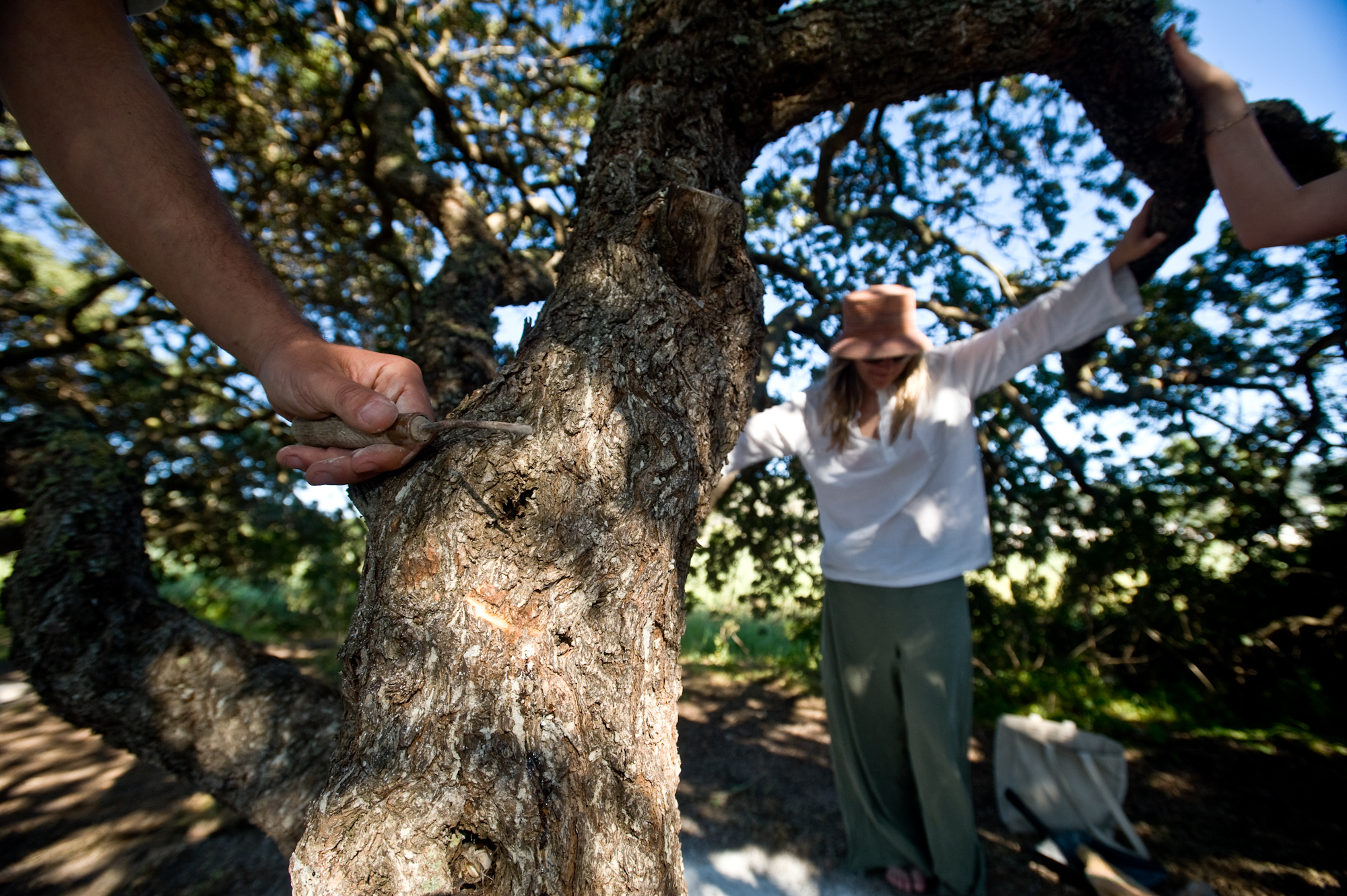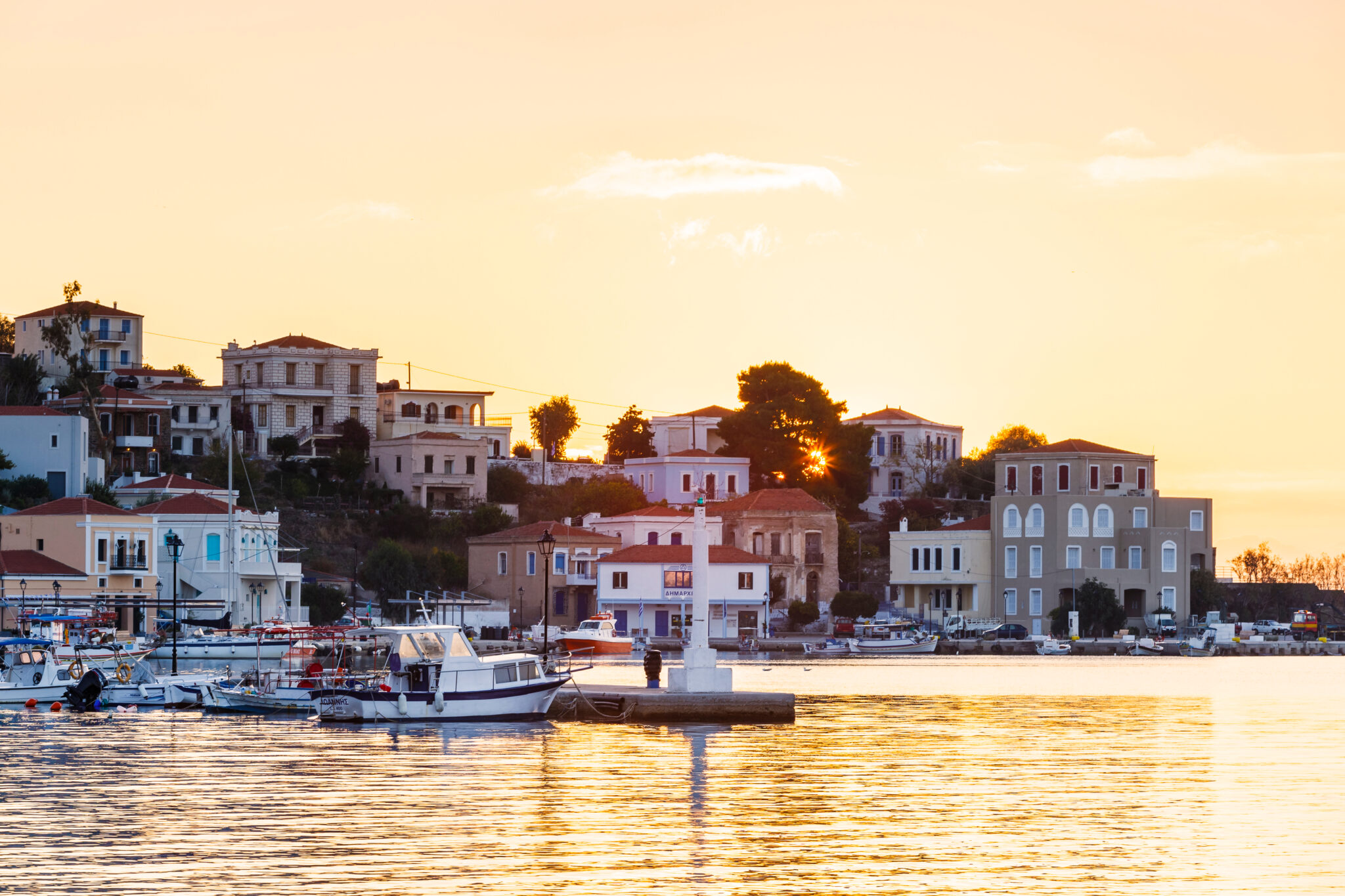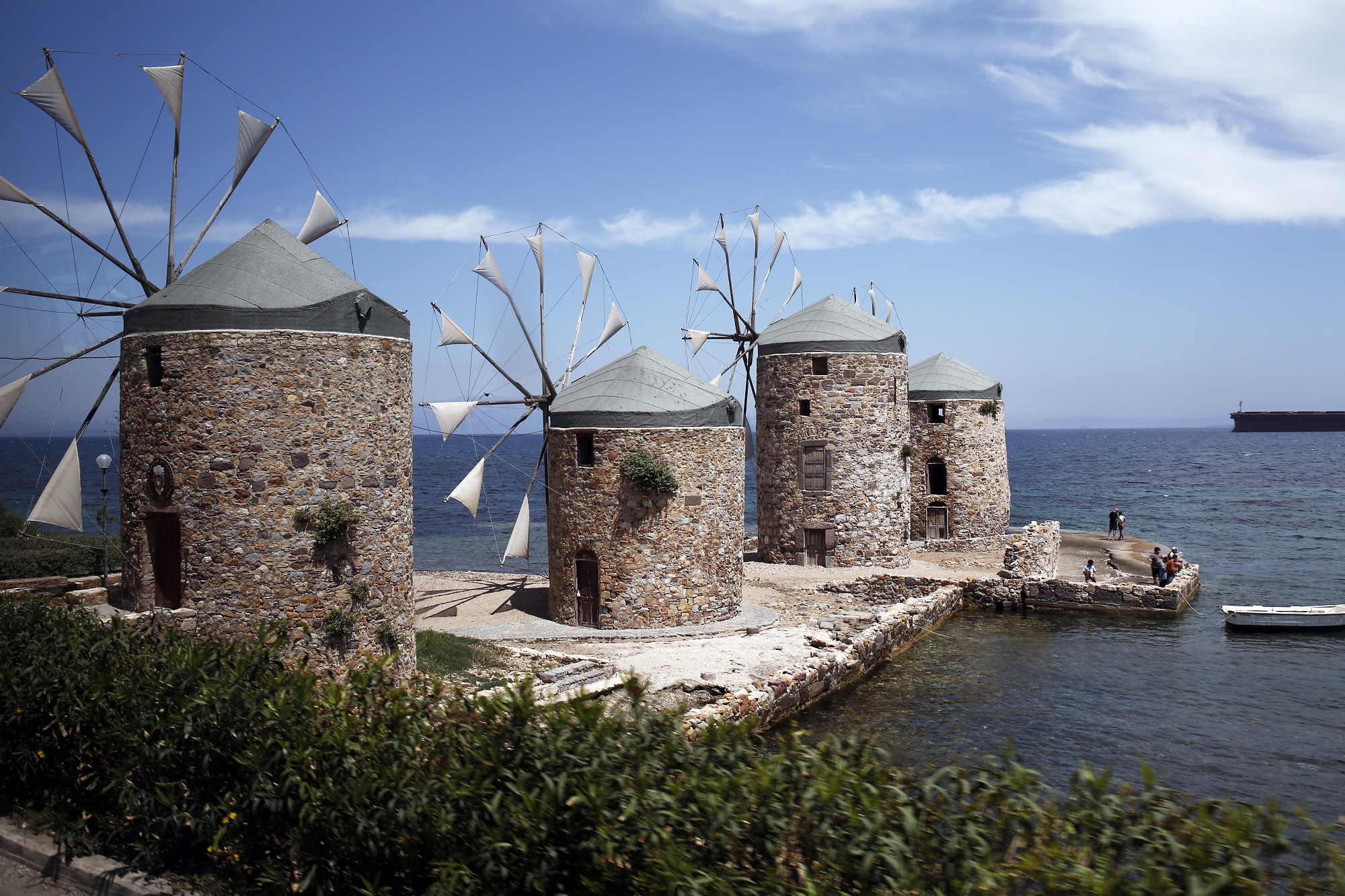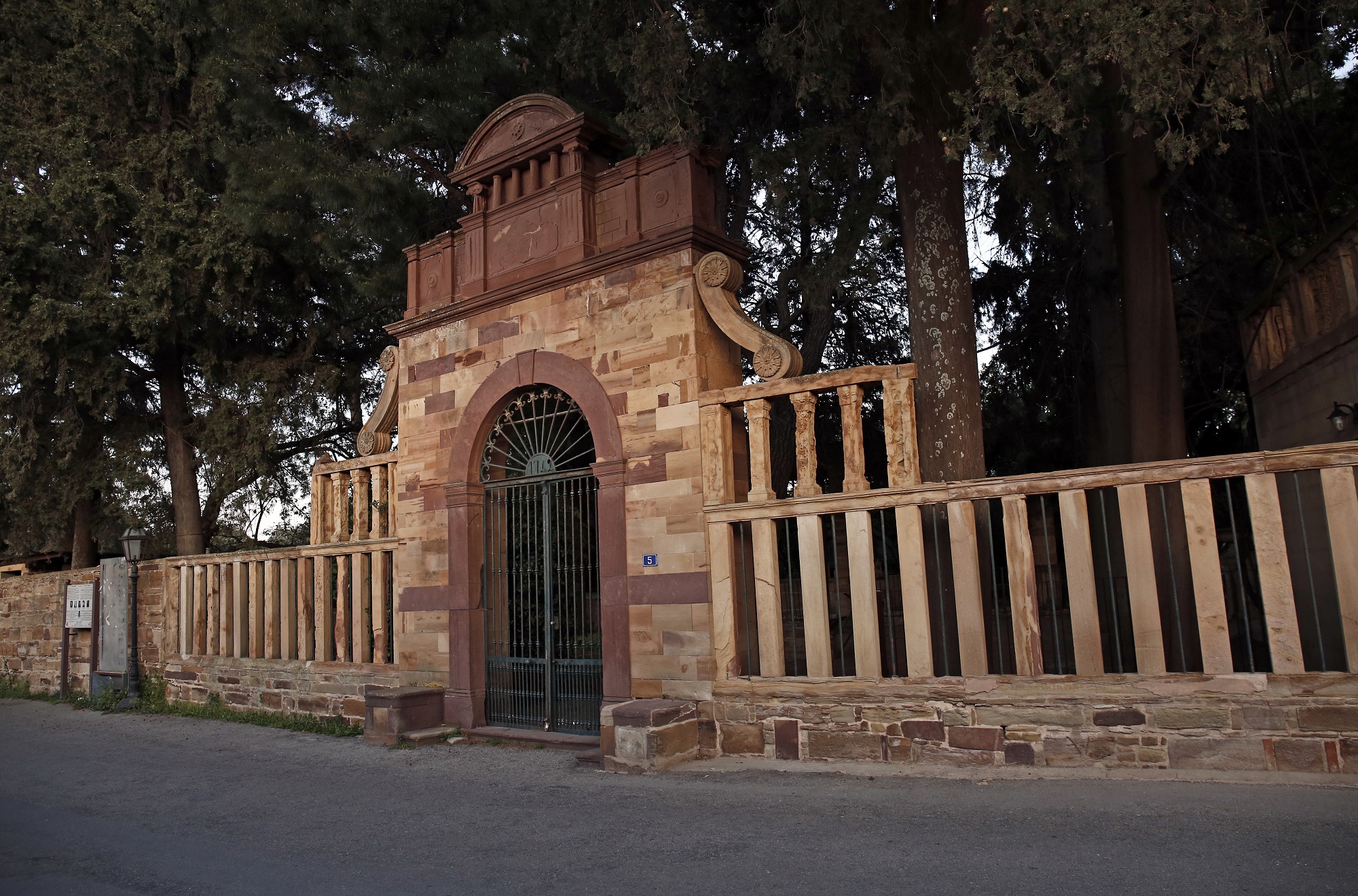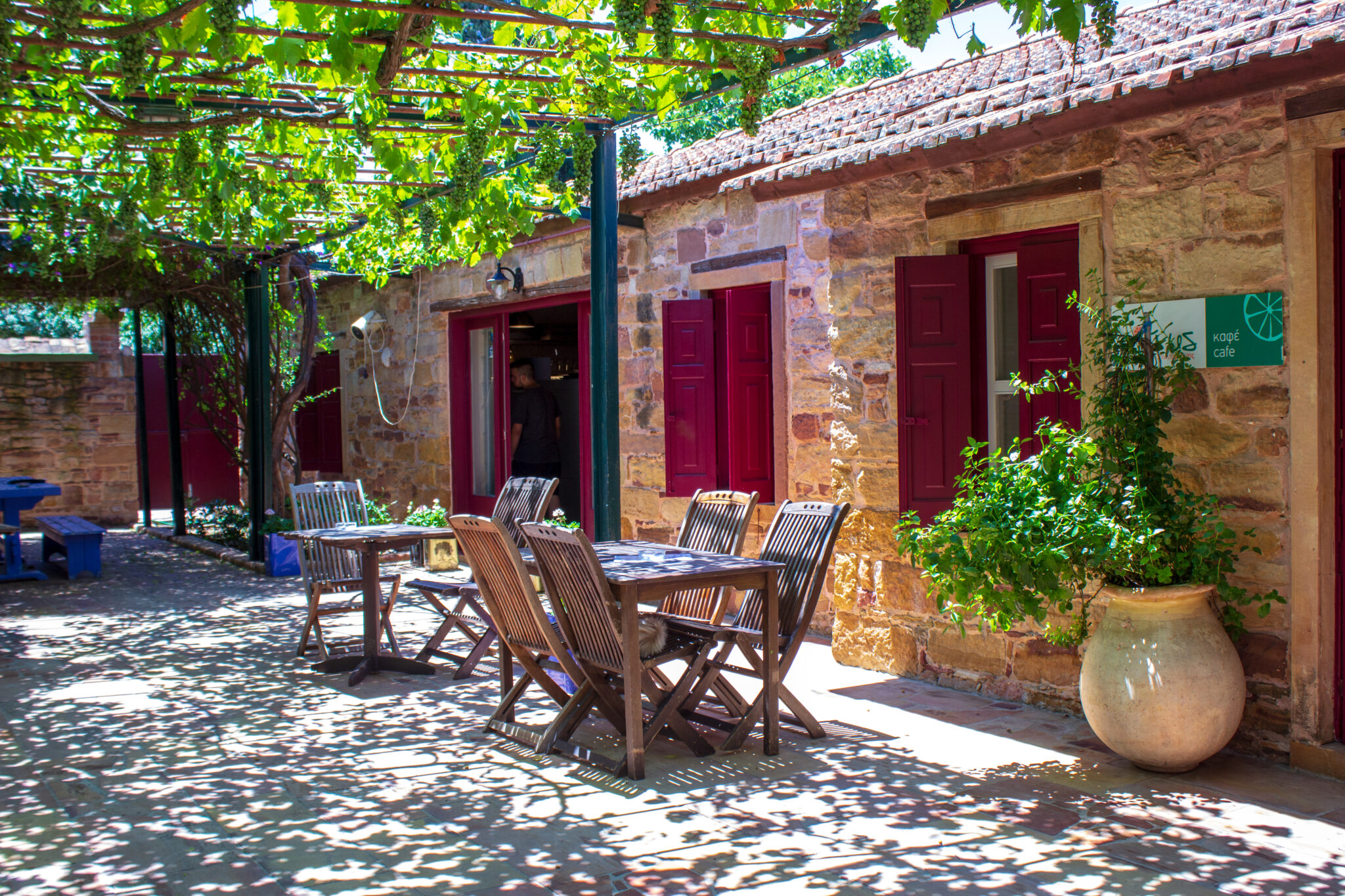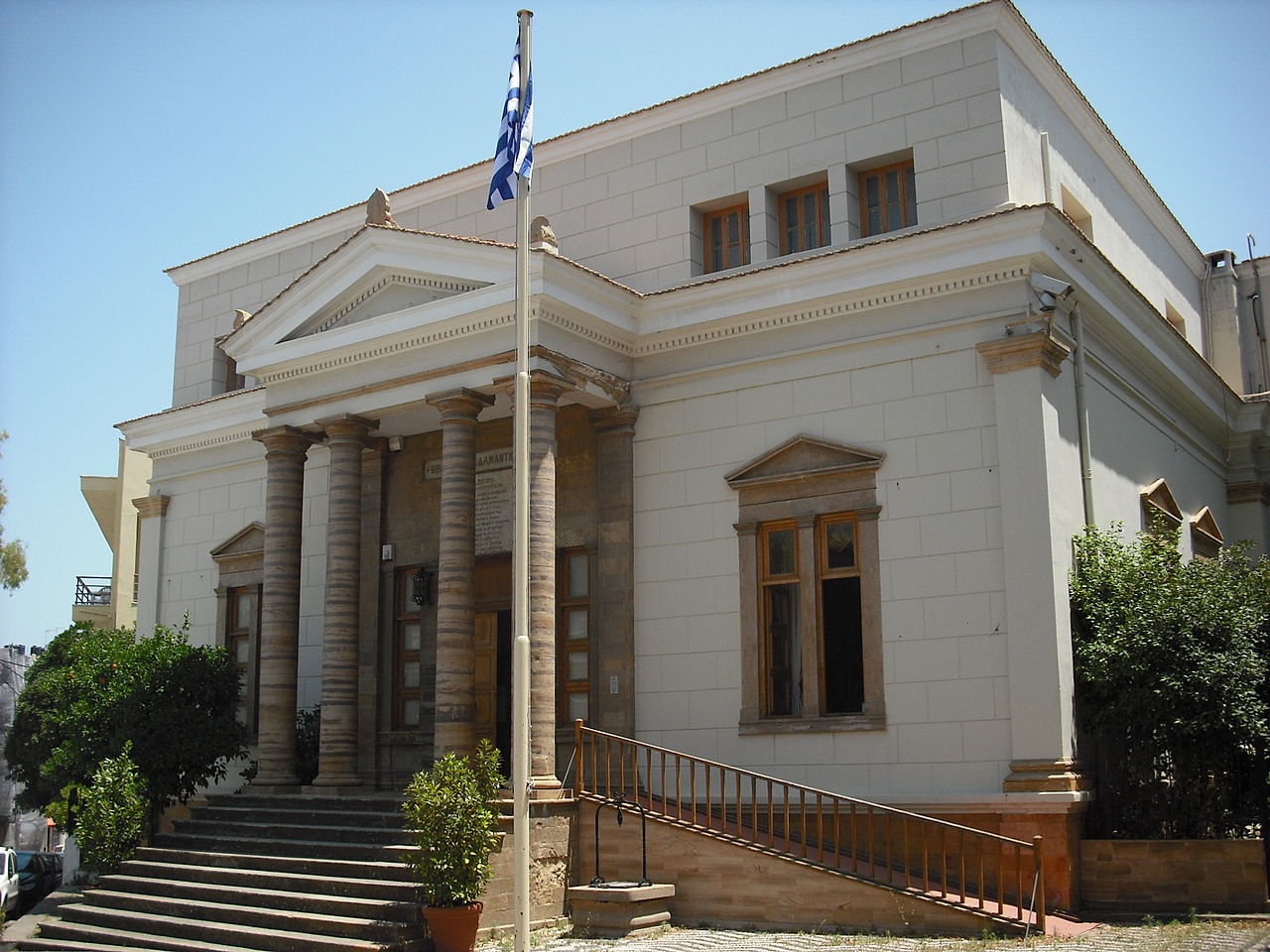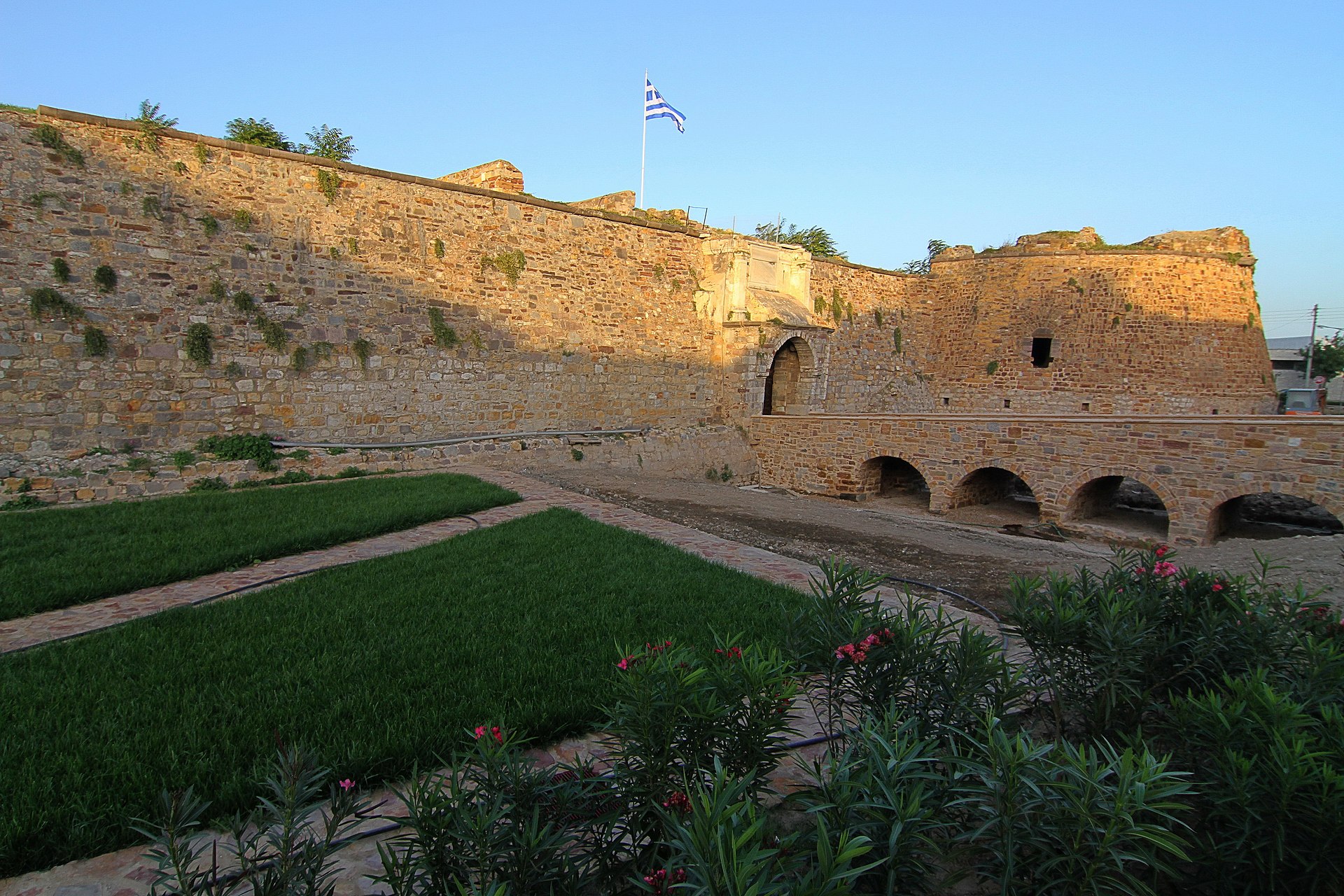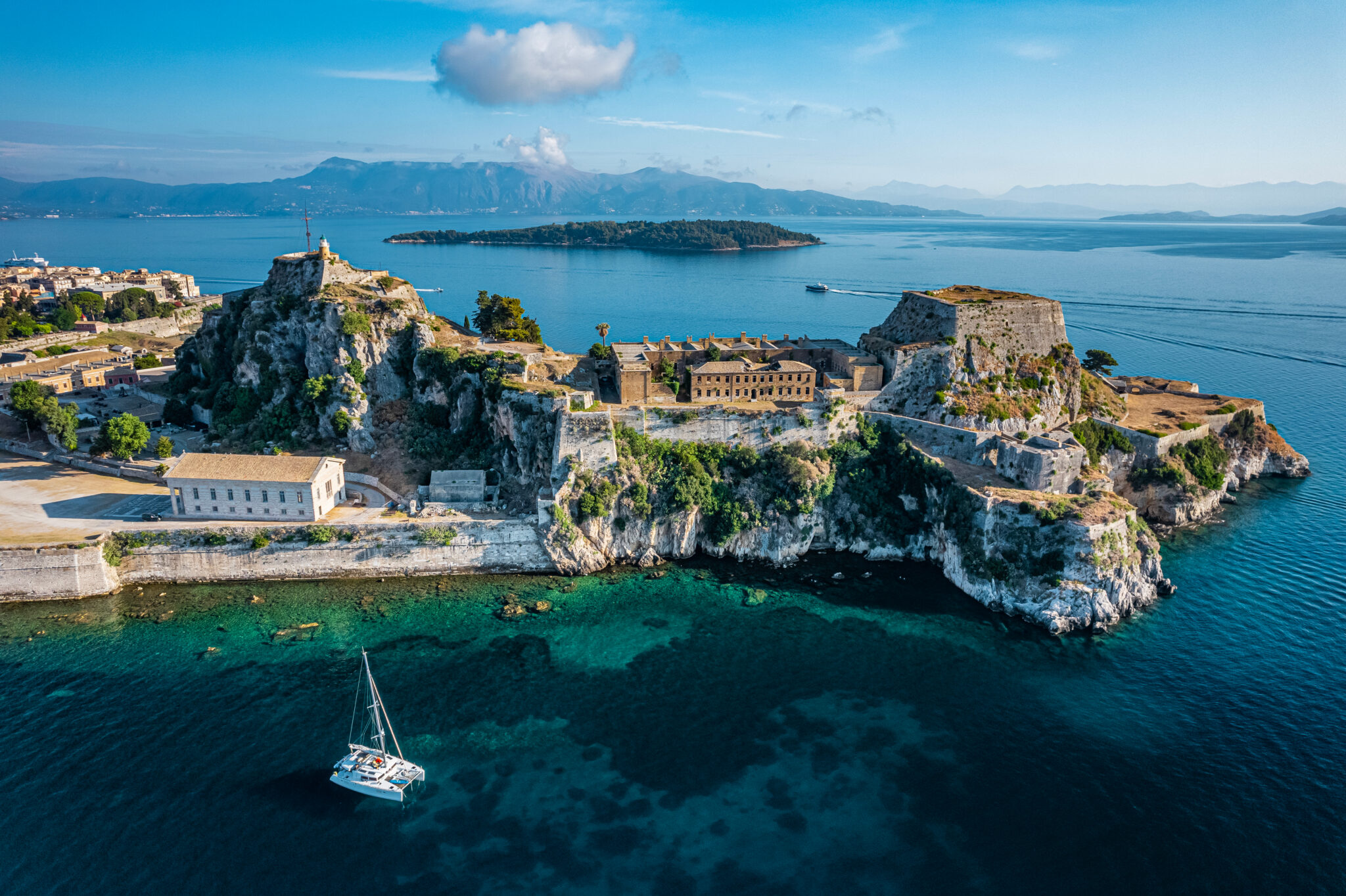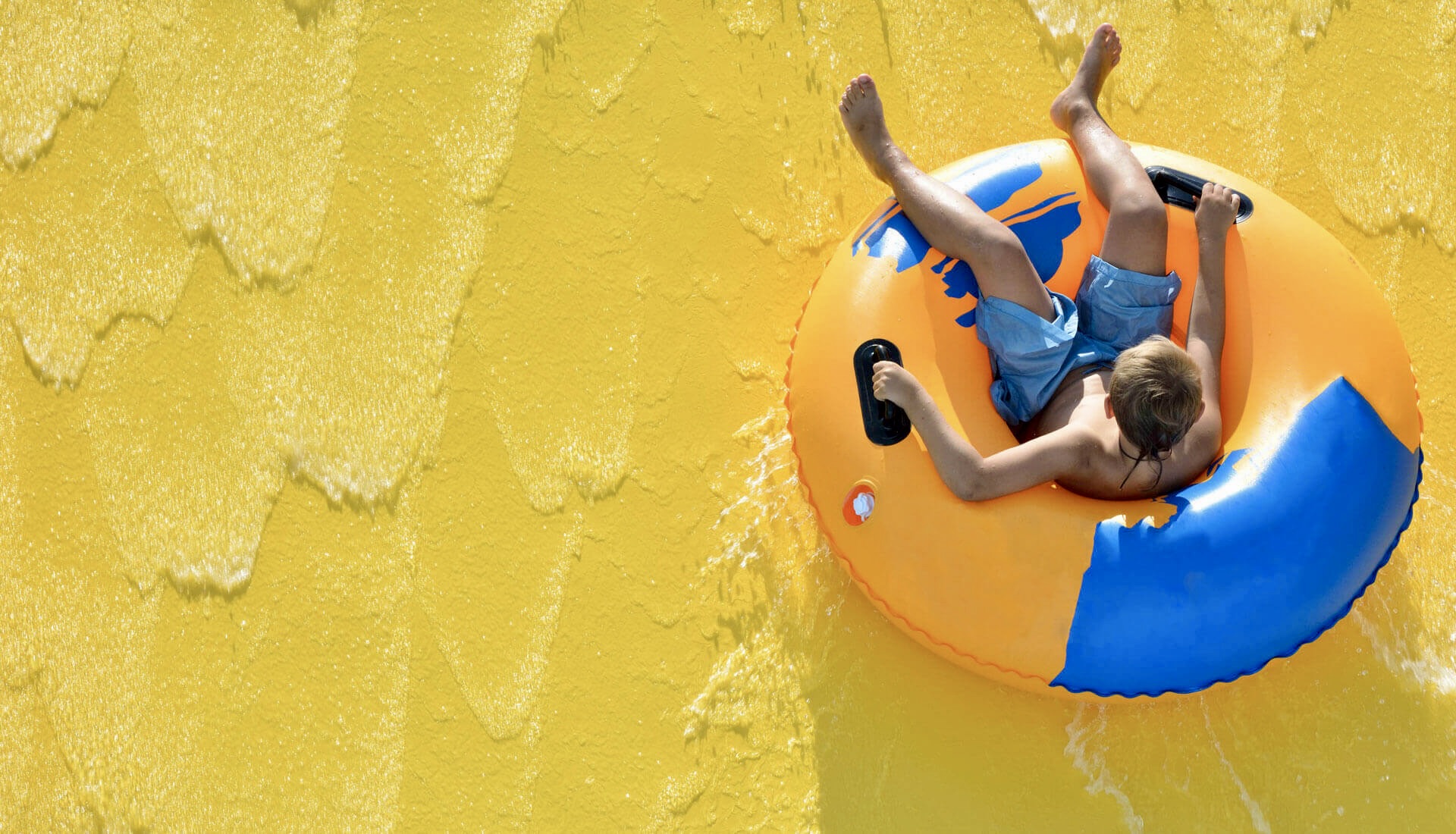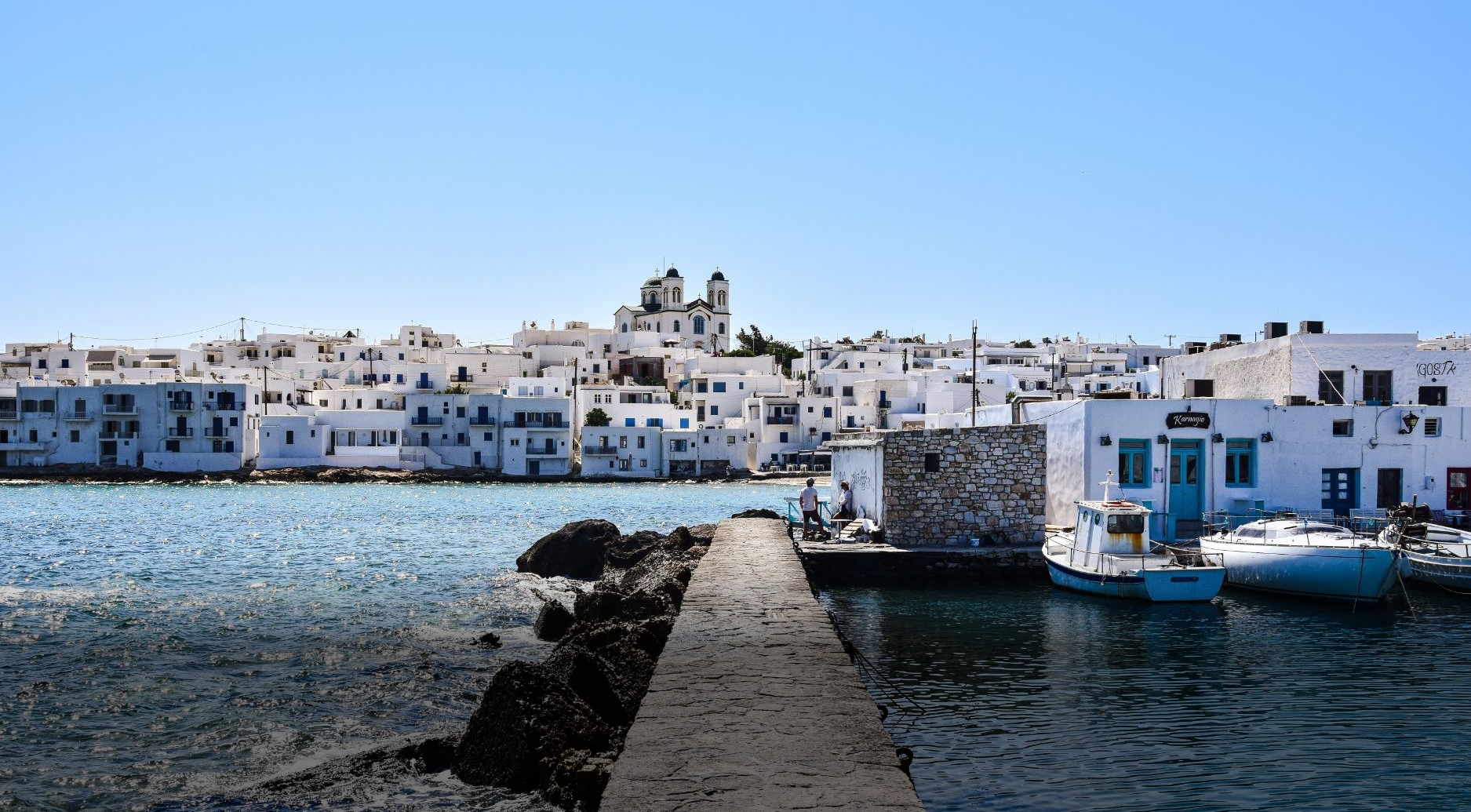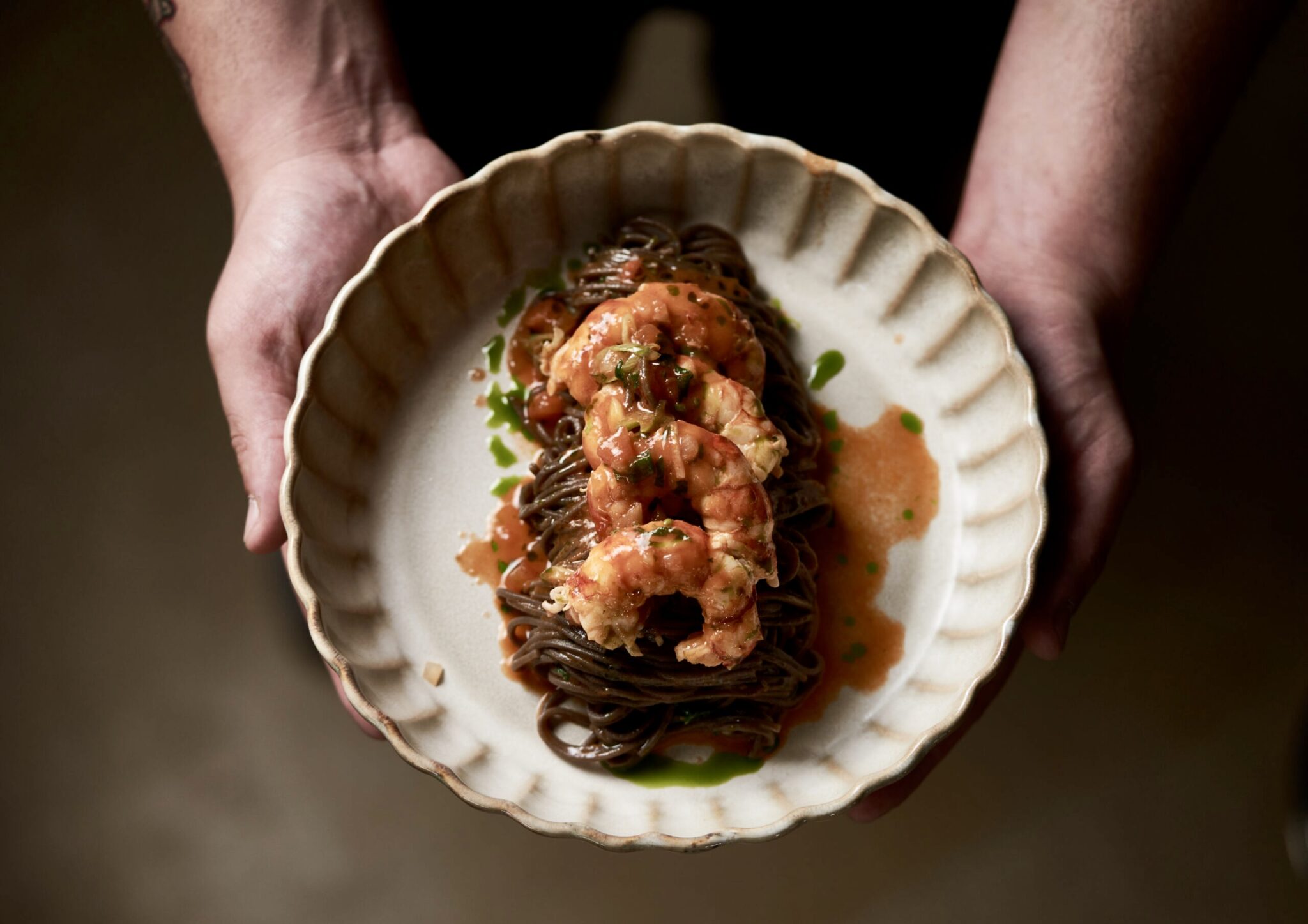Visitors to Chios Town expecting a picturesque white-clad Cycladic Chora, a venetian-inspired harbour with handsome mansions, or a multi-hued neoclassical seafront will be disappointed. The arrival from both the ferry and the airport is nondescript; the earthquake of 1881 devastated much of Chios and what remains is a late 19th century industrial anchorage with mid-20th century concrete infill reminiscent of the port of Piraeus that you left many hours before.
However, once you scratch beneath the surface its charms begin to appear. Busy and bustling, there is a bazaar-like feel to the capital during the day with markets hawking everything from fruit and vegetables to kitchen utensils to substantial underwear for the grandmas who fight through the streets with sharp elbows. Mercifully free of tourist shops, the Kastro is worth exploring, as are the several small museums and the warren of streets in the old quarter.
The outskirts of the city straggle into olive groves and vast citrus orchards that stretch out towards the mountains, and aristocratic estates hide behind honey coloured walls that soak up the afternoon heat. As the blue hues mingle at sundown, the locals promenade along the harbourfront and the lights sparkle across in Asia Minor, mere kilometres but a continent away.
Windmills
In Tampakika, an old industrial area to the north of the city, there are four lovingly restored windmills from the 19th century. 10 metres high, they served the local tanneries. Grab a seat at the local Ouzeri, order some small plates of food and a drink, and watch the sunset at this evocative spot.
Kambos
In mediaeval times and later, wealthy Genoese and Greek merchants built unique two and three storey stone mansions with grand gardens and terraces. Amid lemon, orange and tangerine groves south of Chios Town, earth-coloured estates in the local sandstone lie behind tall walls emblazoned with coats of arms. With arched doorways, elaborate pebbled courtyards, pergolas and wells the houses are reminders of earlier eras of wealth and power.
Chios Archaeological Museum
A well thought out museum, the permanent exhibition is entitled ‘Chios the seaside city’ and the collection covers the Neolithic period to Roman times. Highlights include column bases from the temple at Fana carved in the shape of Lion’s feet, some remarkably intact pottery from the 14th century BC, and, in the courtyard, a Macedonian Tomb. There are statues of prostitutes from an Aphrodite shrine, archaic faience from Emborio, statues and votive offerings to Cybele, an island favourite, and, most famously, an inscribed stone tablet from 332 BC addressed to the Chiots from Alexander the Great. (Chios Archaeological Museum, Tel.:22710 44239, closed Tuesdays,€3)
Citrus Museum
The kambos district is known for being one of the most fertile fruit orchards in the whole of Greece with lemon, orange and mandarin groves set behind the high stone walls of the estates. The Citrus Museum lets you peer into the life of the wealthy Chiots of yesteryear. In the Perleas mansion from 1742, the fragrant grounds showcase the history of citrus products on the island and there is a shop and café selling citrus inspired goods. The gardens have stone barns, a water mill, grazing animals and are a beautiful place to while away an hour or two.
Giustiniani Museum
A 15th century small palace, Palataki, of Giovanni Giustiniani, one of the Genoese nobility who ruled the island until the Turks drove them out in 1556, houses a small collection of Byzantine frescoes of the prophets from the 13th century, an icon of the Archangel Michael from Olimpi, and some small sculptures and statuary. The building is two-storey with a loggia and external staircase that leads to the walls and temporary exhibitions from the Archaeological Museum are sometimes held there. Giustiniani Museum (Tel.: 22710 22819, Email: efachi@culture.gr, €3)
Korais Library and Philip Argenti Museum
Founded in 1792, Adamantios Korais and other members of the aristocracy built one of the largest libraries in Greece and Asia Minor. In 1822 it was estimated to contain 20,000 books, all of which the Turks destroyed. The library was rebuilt and moved to its present neoclassical home in 1885, and is now the third largest in Greece. In 1948 the Argenti family undertook the renovation of the library and added a second storey to house rare prints and books, island costumes and embroideries, wood carvings and furniture from a village house. Philip Argenti was an Oxford scholar and diplomat who chronicled the island’s history from the family estate in Kambos.
Byzantine Museum
The renovated Mecidiye Mosque, dating from the 19th century and with a slender minaret, houses the Byzantine museum. The porch and courtyard are dotted with inscribed Armenian, Jewish and Turkish gravestones including one with St. George and the dragon and some large iron and brass cannons. There are also some column capitals, ceramics and some delightful Byzantine murals. Byzantine Museum (Tel.: 22710 26866, www.odysseus.culture.gr, closed Tuesdays, €4)
Kastro
Until the 1881 earthquake the Byzantine-Genoese Kastro stood intact, but nevertheless today large sections of the imposing defences remain and the most dramatic entry to the citadel is through the Porta Maggiora gate. Built in the 10th century by the Byzantines and enlarged in the 14th century by the Genoese Giustiniani family, in 1556 the forces of the Ottoman sultan Souleiman occupied the island and they remained until 1922 when Chios became part of Greece. Under Turkish rule, Greeks lived outside of the castle walls and the gates were locked daily at sunset. Scattered around the precinct are several stone towers, the largest known as Koulas, cisterns, dungeons, an Ottoman cemetery, Bairakli Mosque, a hammam, and Frouriou square, an ideal coffee-stop spot.
Read also:
Visiting Chios: Scenic windmills, the scent of mastic, villages perched on the rock
The only resident of a deserted medieval village in Chios, Greece



